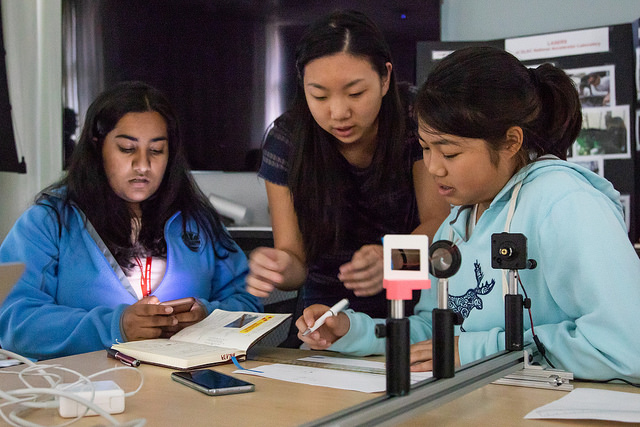Women’s voices are underrepresented. Recent examples abound in news reporting, Op-Eds, economics, and politics. The patent world is no exception. Women still continue to make up just a small fraction, about 21 percent, of inventors on patent applications, as noted in a recent USPTO Report. However, women have been creating, designing, and innovating for centuries. So, why is there a gap?

Barriers for Innovative Women
Historically, patent laws did not constrain women. The first U.S patent statute, The Patent Act of 1790, placed no restrictions on gender. This may seem unremarkable. But, patent laws excluded black inventors at one point.
However, state marital property laws did pose a barrier. Until the latter half of the 19th century, such laws prevented married woman from legally owning property independent of their husbands. Such laws could have discouraged women from applying for a patent that they would not own. After all, women who chose to patent their inventions were often forced to have patents issued under their husbands or fathers names due to the property laws and the social norms at the time. From 1790 to 1895 only about 1 percent of patents went to women.
From the Beginning
Nonetheless, some women inventors persisted. In 1809, Mary Kies, used “both brains and a bonnet” to become the first woman to receive a patent from the United States Patent and Trademark Office (USPTO) for her stylish and innovative technique for weaving straw and silk to make hats.
Fast forward two hundred years. Women remain grossly underrepresented as patent holders. Although the number of patents listing at least one female inventor has increased from less than 5 percent in the 1970s to 21 percent in 2016, the existence of a gender gap in the patent world is indisputable. This data could reflect past social strictures and women’s historical subordination.
While female inventorship is on the rise for mixed gender inventor teams, inventorship for individual woman inventors and teams of all women inventors made up only about 4 percent of issued patents in the last decade. What’s more troubling, as in most institutions, the gender gap is even wider for women of color.
But there is hope. There are some technological areas where women’s rate of patenting has improved more significantly. For instance, women recently accounted for more than one-fifth of inventors granted patents in biotechnology (25 percent female inventor rate) and pharmaceuticals (23 percent). This is logical as most women in STEM fields have careers and degrees in the biological sciences and chemistry as opposed to physics or mechanical engineering. However, currently the most oft cited to reason for why women lag behind men in patent inventorship is the scarcity of women in the STEM fields.
Looking to the Future
At the current rate of progress, women are expected to reach parity in patenting in 2092. This estimate is based on patenting rates since the year 2000. However, perhaps women will reach that point sooner than predicted given the current movement towards gender equality in many areas, including ones that likely yield patentable inventions.
We have a long way to go, but organizations like Girls Who Code that encourage girls to
enter the field of computer science from a young age can be a force that bridges the gender gap. This organization is notably just one of about twenty encouraging girls in this area, which in the past had a much better gender balance. Likewise, the USPTO is taking steps. It is partnering with the Intellectual Property Owners Education Fund and the Girl Scouts to provide an Intellectual Property Patch that is designed to increase awareness and interest in the creation and protection of intellectual property, particularly in relation to the STEM fields.
As they say, the future is female.

Monika Malek
Associate Editor
Loyola University Chicago School of Law, J.D. 2020
